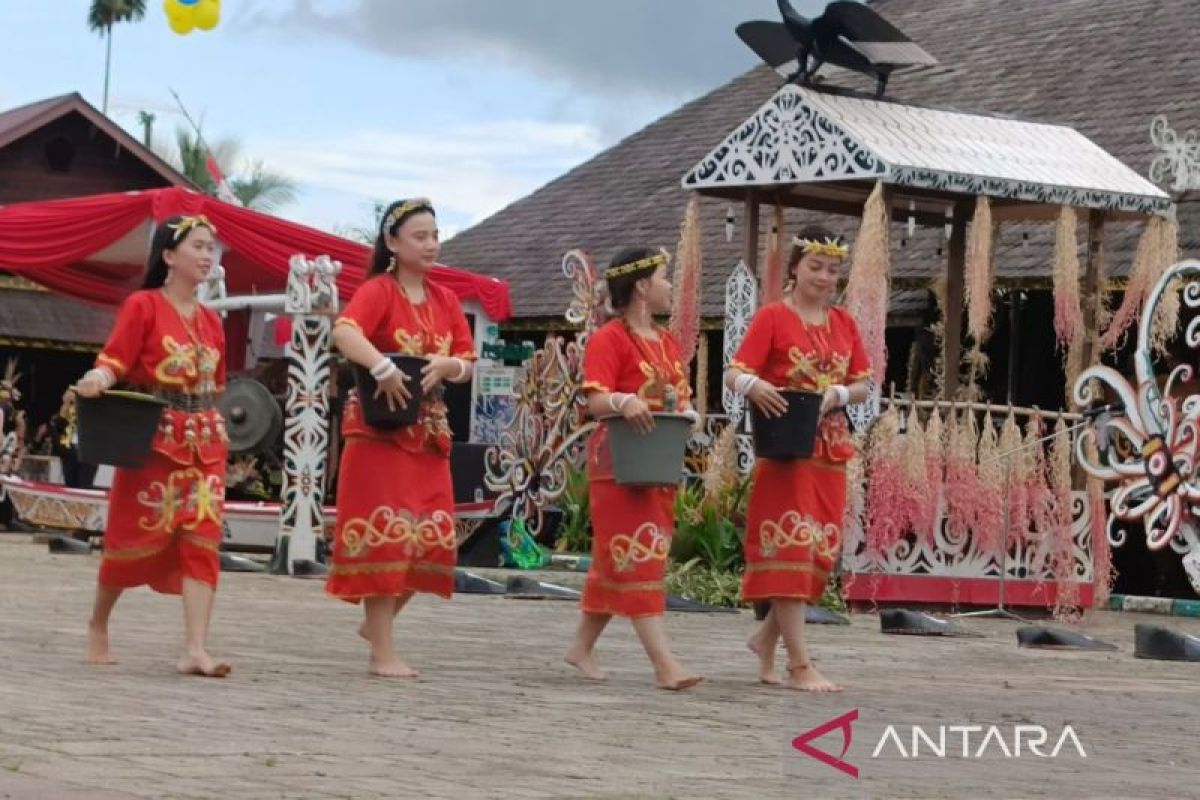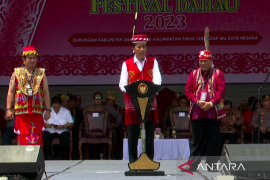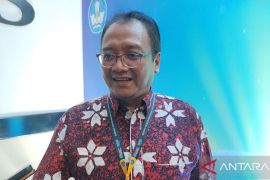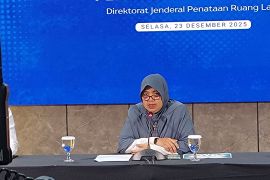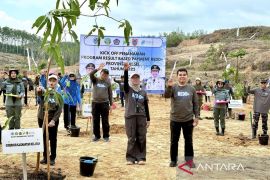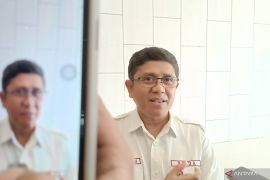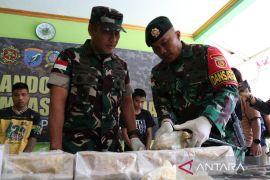The initiative aims to protect communal intellectual heritage and prevent the extinction of indigenous languages.
Head of the East Kalimantan Language Center, Asep Juanda, said that most local languages in the two provinces have seen a decline in both their function and number of speakers.
The revitalization program will focus on the Kutai Malay, Paser, and Kenyah languages in East Kalimantan, as well as the Tidung and Bulungan languages in North Kalimantan.
According to Asep, there are currently 16 local languages still in use in Kaltim and 11 in Kaltara, bringing the total under the center’s jurisdiction to 27 languages.
However, several of these languages are now at risk, including Punan Merah, Dusun, Segaai, Tunjung, Basap, and Punan Long Lamcin.
This vulnerability is reflected in the declining number of young speakers who no longer use their mother tongue in daily communication.
Without concrete revitalization efforts, some of these languages could face extinction in the near future.
Punan Merah, Dusun, and Tunjung - spoken by Dayak communities - are among the most endangered, with speakers now limited to small areas in Mahakam Ulu, Paser, and West Kutai Districts.
To address this concern, the Language Center is intensifying its revitalization program by integrating local language content into school curricula.
Field data shows critical conditions, particularly for the Punan Merah language in Mahakam Ulu and the Dusun language in Paser, which are now spoken only in one village by mostly elderly speakers.
Based on mapping data from the Summer Institute of Linguistics (SIL), the number of speakers of these endangered languages is estimated to be fewer than one thousand. Nevertheless, other languages such as Kutai Malay, Paser, Banjar, Bugis, Bahau, and Kenyah language remain relatively stable and maintain a strong level of vitality.
Asep emphasized that local language revitalization is a crucial step to preserving cultural identity and ensuring the continuity of Indonesia’s linguistic heritage for future generations.
Related news: Ministry aims to revitalize 92 local languages in 2024
Related news: Indonesia eyes local languages for primary school use
Related news: Ministry urges Papua regions to preserve endangered local languages
Translator: Ahmad Rifandi, Primayanti
Editor: M Razi Rahman
Copyright © ANTARA 2025
